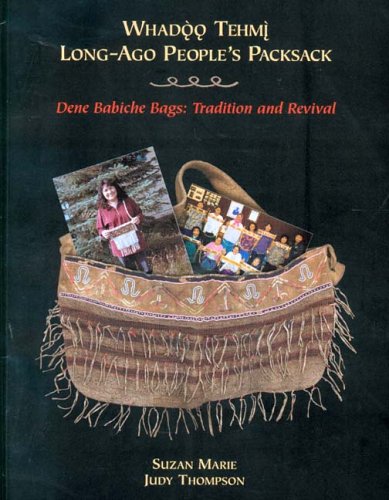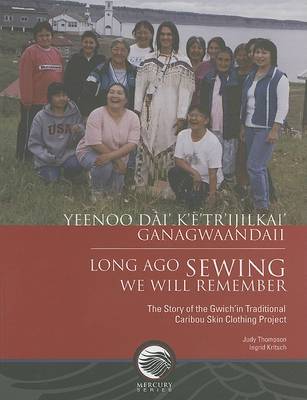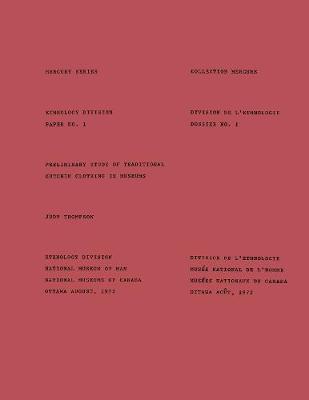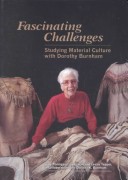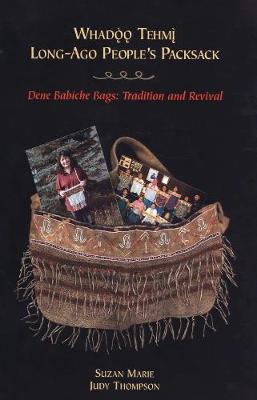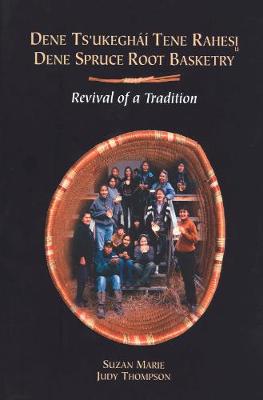Mercury
2 primary works • 7 total works
Book 141
In earlier times, net bags made from caribou thong--today known as "babiche bags"--were commonplace items in Dene homes. Although intended for practical use, these bags were often beautifully decorated with porcupine quillwork, fringes, and colored patterns in the netting.
Babiche bags were used by the Dene until the early twentieth century. Gradually, however, as imported substitutes became available, the Dene ceased to make their netted thong bags. In 1998, Suzan Marie initiated a project to revive this craft. Assisted by elder-instructors, she held workshops in several small Dene communities. The Canadian Museum of Civilization participated by supplying research information and photographs of museum examples. Today, babiche bags are once again being made by Dene artists.
This book describes the role babiche bags played in Dene lives during an earlier time and traces the modern revival of the craft. It is richly illustrated with photographs of babiche bags, both old and new. Also included are descriptions and illustrations of the techniques involved in making a babiche bag. This will be a resource to all who are interested in Dene culture and heritage. It will also serve as a practical guide to artisans wishing to make their own Dene babiche bag.
Book 143
Long Ago Sewing We Will Remember / Yeenoo Dai' K'E'tr'ijilkai' Ganagwaandaii
by Judy Thompson and Ingrid Kritsch
Preliminary study of traditional Kutchin clothing in museums
by Judy Thompson
Fascinating Challenges
by Judy Thompson, Judy Hall, Leslie Heyman Tepper, and Dorothy K Burnham
In 1990, Dorothy Burnham, a renowned authority on textiles and former curator at the Royal Ontario Museum in Toronto, began work with three curators at the Canadian Ethnology SErvice of the Canadian Museum of Civilization. This book marks the tenth anniversary of this rewarding collaboration. It celebrates Mrs. Burnham's many contributions to on-going research on the Museum's ethnographic collections from the Northern Athabaskan, Arctic, Plateau, and Eastern Woodlands regions of North America.
Eight papers highlight the important role that comprehensive study of museum collections and, in particular, the understanding of garment cuts and techniques of weaving, sewing, and decorative work, can play in material culture studies. Three papers by individuals working in contemporary Aboriginal communities illustrate the value of this detailed informatioin to those seeking to revive traditional skills. Fascinating Challenges is an important resource for anyone interested in material culture studies and Aboriginal heritage.
Yeenoo dai' k'e'tr'ijilkai' ganagwaandaii / Long ago sewing we will remember
by Judy Thompson and Ingrid Kritsch
